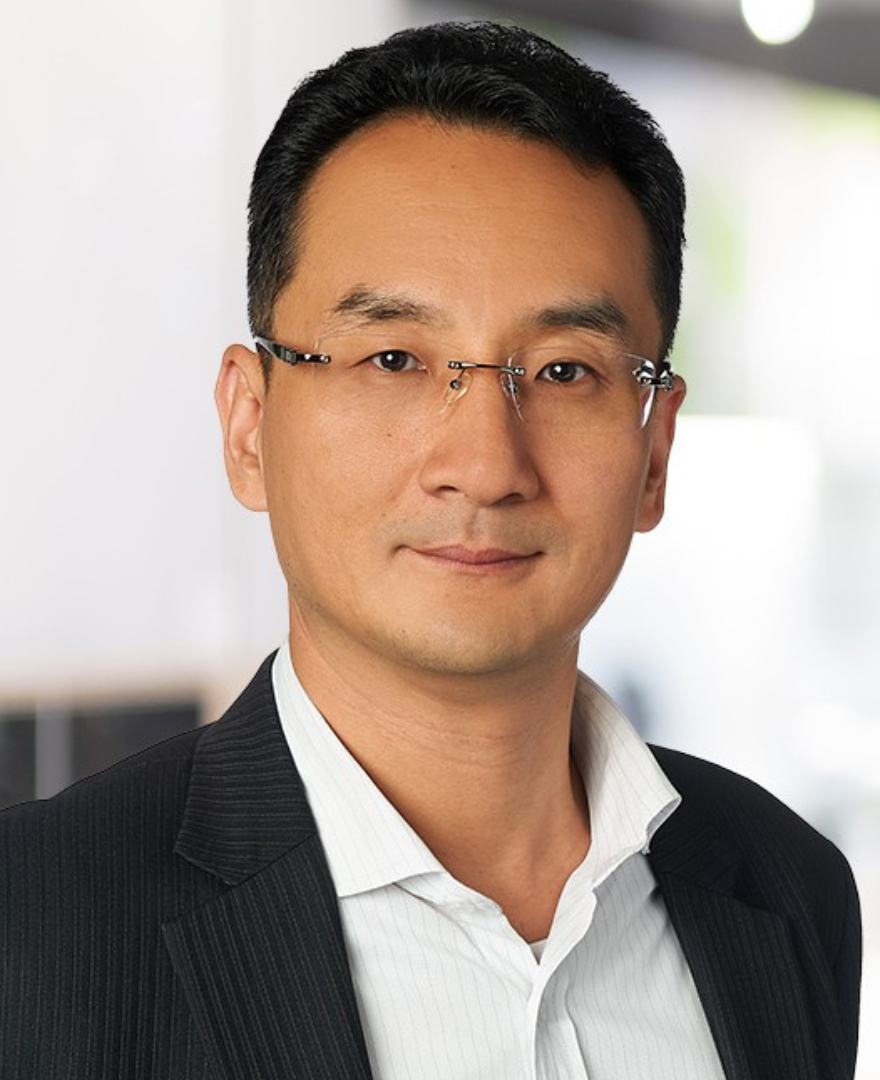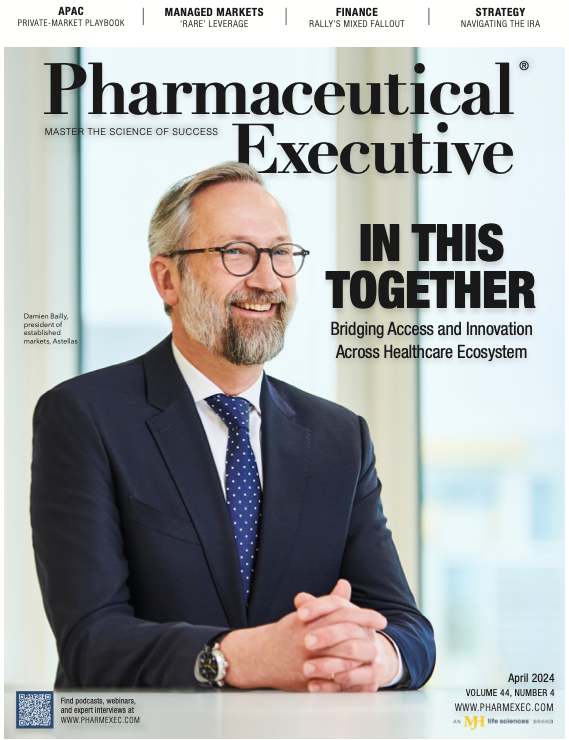The Pharmaceutical Playbook for Asia’s Private Market
Is it possible to win in Asia’s private market?
Partner
Simon-Kucher & Partners

Many pharma companies recognize the complexity of market access in Asia, as it features distinct funding sources, different stakeholder archetypes, and varying affordability levels across markets.
While public reimbursement is the mainstay in more developed markets such as Japan, Korea, and Singapore, it plays a less prominent role in some other markets. China falls somewhere in between, with public reimbursement focusing mainly on basic coverage and leaving many high-priced innovative therapies to the private market.
There could be a life beyond public reimbursement, as seen in the cases of some self-paid vaccines, medical aesthetics, obesity drugs, as well as rare disease therapies and oncology drugs. Underpinning their successes are three key elements—strategic pricing, creative access, and effective go-to-market.
STRATEGIC PRICING
At its core, optimal pricing for any product should reflect the value it brings. Besides using classical methodologies such as value perception testing and price volume elasticity mapping, pharma companies can leverage rebates, coupons, and patient assistance programs to identify optimal pricing. Leading brands use a combination of these approaches to map price sensitivity in private markets and optimize them on an ongoing basis, taking advantage of the flexible and reversible nature of these programs.
For multi-indication brands, there are opportunities to tailor the rebate and patient assistance schemes to various indications, so the net prices could be different to reflect the different levels of unmet needs and affordability in respective segments, toward capturing the full value for each.
CREATIVE ACCESS
Commercial health insurances (CHIs) have gained strong momentum across Asia, including Thailand, India, Indonesia, and China, driven by market pull, government support, and supply side innovations.
In China, there has been a surge of different CHIs, ranging from super-premium coverages and million-RMB payouts, to disease-specific insurances and city-based coverage. City CHIs, in particular, have seen rapid growth to 300 cities and 170 million urban population. Enzyme replacement therapies such as Fabrazyme and Myozyme, oncology brands such as Keytruda and Opdivo, as well as CAR T-cell therapies such as Yescarta and Carteyva, have all landed in some city CHI formularies, providing coverage for both healthy populations and those with pre-existing conditions. As an early mover with CHI, Keytruda has been listed in around 180 city CHI formularies and a variety of other CHI schemes, contributing significantly to its success in China’s private market, despite stiff competition from local PD-1s.
Innovative financing solutions and outcome-based agreements can further improve affordability and uptake. Many Carteyva patients opt for zero-interest installments and may use their properties as collaterals for a loan to finance the treatment cost. In partnership with commercial insurers, it also offers substantial refunds in cases of disease progression or adverse events. Similarly, Yescarta announced up to a 50% refund for patients who do not achieve complete responses. This not only broadens access but also demonstrates its commitment for real-world outcomes.
ADAPT THE GO-TO-MARKET STRATEGY
Healthcare infrastructures in many Asian markets are vastly different from those in the US and Europe. These differences in diagnosis, treatment, and referral paradigms may bring challenges, but that could also be the potential leverage points for go-to-market strategies.
For many rare diseases, disease awareness and patient screening have been the bottleneck. Companies such as Biogen and Sanofi have partnered with diagnostics companies and hospitals across Asia for early screening, including prenatal screening, to identify more patients early on, which also leads to better outcomes with timely treatments.
In other cases, patient adherence may turn out to be the main
drop-off point, and engagement with patient groups, direct-to-patient pharmacies, and third-party administrators could move the needle. Roche, for example, deployed a patient-journey-partner approach, and leveraged a network of pharmacies for value-added services, significantly improving the duration of treatment for many patients.
- Ivy Jiang and Selene Peng in Simon-Kucher’s China Life Sciences division contributed to this article
Bruce Liu is Partner at Simon-Kucher & Partners, leading its life sciences division in greater China.
